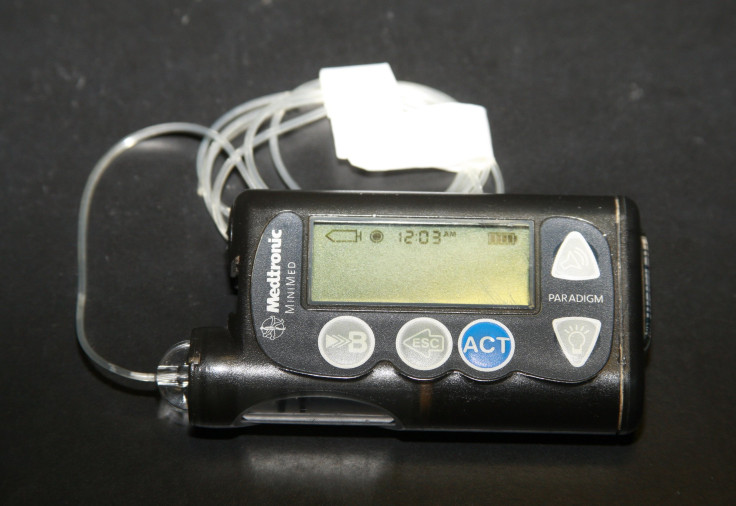European researchers developing organoids to spare Type 1 diabetics from lifelong insulin therapy

A number of recent studies spelt good news for Type 2 diabetics, with the most recent one a research from Newcastle University which says the chronic ailment could be reversed if patients lose weight and keep that weight loss. Now, there is some possible positive development too for Type 1 diabetics, or people with insulin impairment due to an autoimmune impairment or genetic defect.
News-Medical reports that European researchers are searching for a new way to spare people with Type 1 diabetes from lifetime dependence on insulin. The Goethe University, which leads the project, estimates that the number of children in the US and Europe with Type 1 diabetes grows 4 percent annually.
The scientists, under the helm of Goethe University of LSFM4Life project, plan to develop three-dimensional cellular structures of insulin-producing cells, or organoids in the laboratory. To develop organoids, scientists grow adult stem cells in the laboratory through cell division and then allow it to differentiate into the desired cell type. It is embedded in a matrix for the cell to grow into three-dimensional structures. Typically spherical and hollow on the inside, the organoids have a diameter of about 20 micrometres, or half the thickness of a human hair, to hundreds of micrometres.
A €5 million (AUD$7.4 billion) grant from the European Union spread over four years aims to develop a process for the mass production of the organoids through partnerships with the pharmaceutical industry.
The next step after developing the organoids is to conduct the first clinical studies on transplantation of the organoids. Although transplanting a functional pancreas could cure a Type 1 diabetic, there are insufficient donor organ available.
What researchers would do is grow intact cells that produce insulin from donor organs and then transplant the organoid into a patient’s pancreas. Dr Francisco Pampaloni, from the Buchmann Institute for Molecular Life Sciences at the Goethe University, says the method has been proven to work in mice.
Pampaloni and Professor Ernst Stelzer, also from Goethe, coordinated the first project together. Scientists under Pampaloni and Stelzer are tasked to control the growth and differentiation of the filigree organoids under a microscope. Stelzer developed a light microscopy method to follow the growth of biological objects cell for cell in three dimension.
Since the light sheet fluorescence microscopy (LSFM) have an important role in the study, the project was calls LSFM4Life. The group is also tasked with developing quality assurance protocols in accordance with good manufacturing practices for pharmaceuticals. Besides the Frankfurt group, there are also two research groups in Cambridge that specialise in isolating insulin-producing cells from donor organs and growing organoids, and a third group of clinicians in Milan developing ways to transplant the organoids.





















